Watkins Rockledge Mansion in Homer
As preservationists approached Rockledge, the home’s owner, Ernest L. King Jr., shuffled to the front door and yelled, “I’m tearing it down and there’s nothing you can do about it.” Mr. King had no use for the home but didn’t want anyone else to use it either. Holding true to his word, Rockledge was razed just before his death in 1987.
In 1911, architect George Maher designed a grand, 10,000 square foot Prairie School style home nestled against a rocky cliff along the Mississippi River just south of Winona. His clients, Grace Watkins King and E.L. King, Sr., were the owners of the Watkins Medical Products Company.
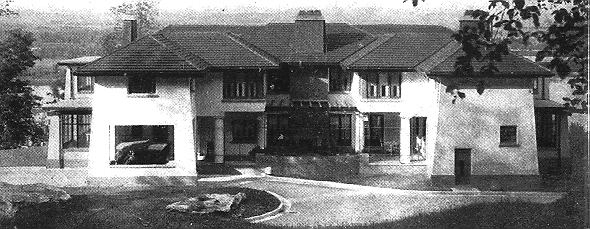
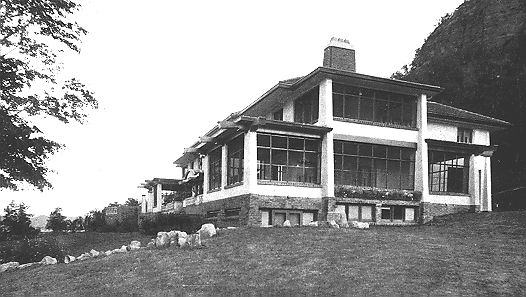
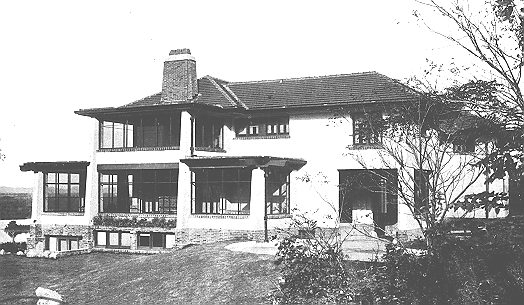
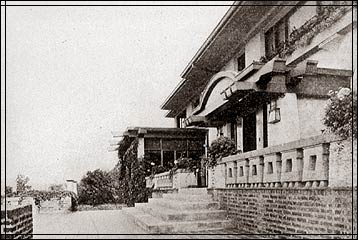
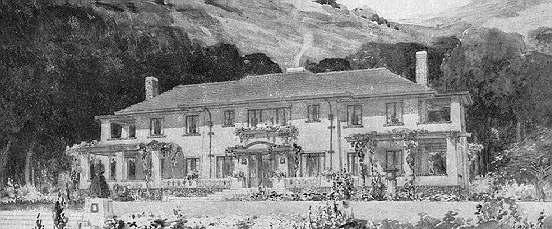
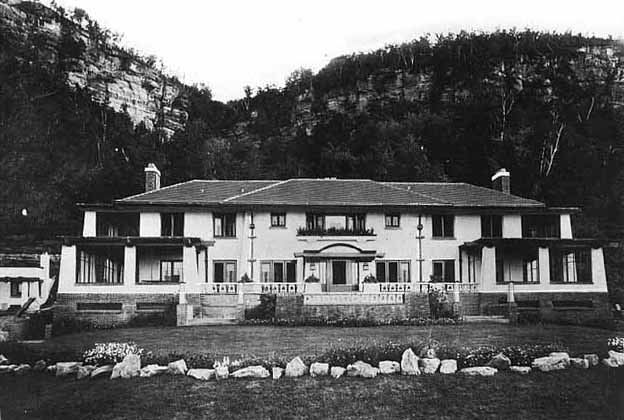
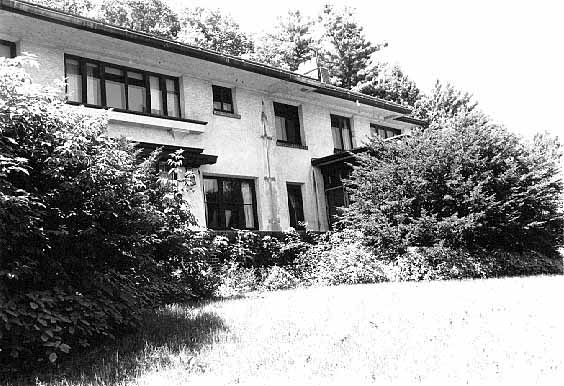
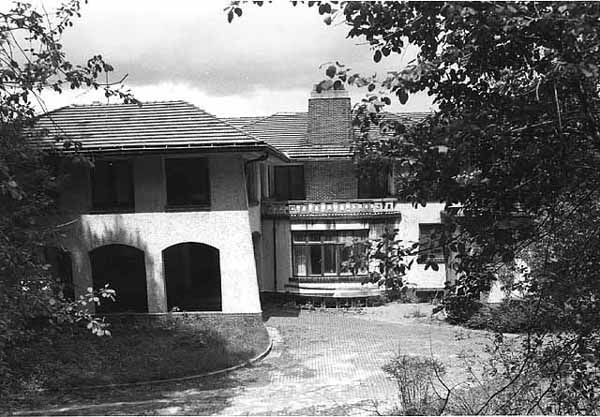
Maher worked alongside Frank Lloyd Wright for many years. Much like Wright, Maher borrowed from the Rockledge’s surroundings to create an earthy interior with brown, green, and orange colors throughout. He designed all of the interior objects for the estate including chairs, rugs, urns, clocks, lamps, and even the silver service. Lilies also appeared throughout the home on lamps, drapes, and on the silver coffee service.
In 1931, the King family decided to redecorate Rockledge. All of Maher’s furnishings and fittings were moved from the home and stored in a barn on the property. The couple chose contemporary Art Deco décor and furnishings to update the estate. Maher’s harmonious, earthy design gave way to zebra-covered sofas, brightly colored vases, mirrored bathrooms, and chromium fireplaces.
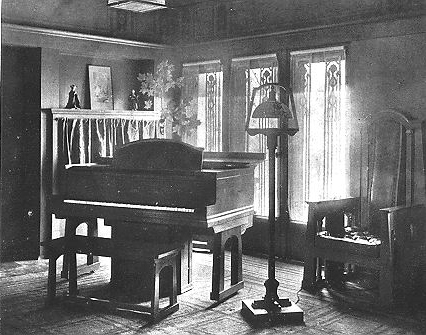
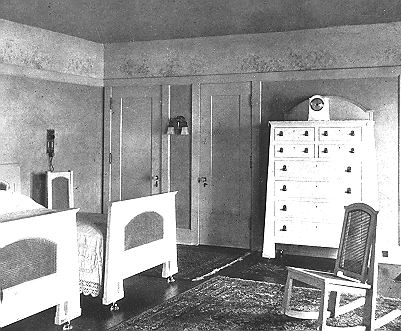
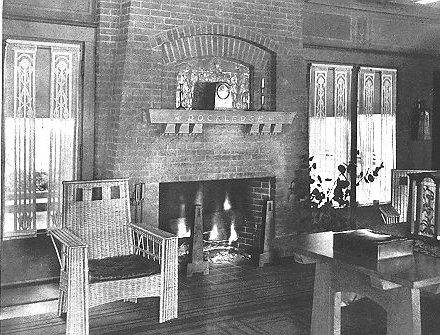
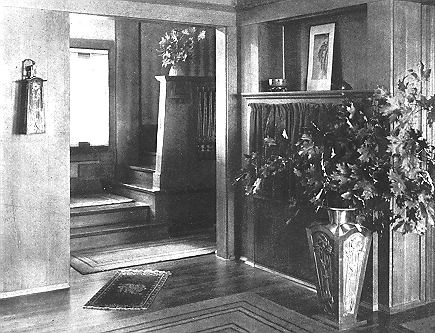
After E.L. King Sr.’s death in 1949, Grace moved to Hawaii and spent little time at Rockledge. Their daughter primarily lived at Kingswere, an estate just south of Rockledge that King built for her as a wedding gift. E.L. King, Jr. stayed at Rockledge off an on–mostly in the summer. The house quickly became neglected. Parties were often held at the estate and were rarely cleaned up after. One winter, the heating fuel ran out and the pipes burst, causing water to flood the home and freeze. The mess wasn’t discovered for weeks and damage was never repaired. King, Jr. was slowly allowing the home fall into disrepair.
King, Jr. was vehemently opposed to listing the house on the National Register of Historic Places. By the time the rest of the family voted to proceed with the nomination there were holes in the wall big enough to walk through. Many of the furnishings were in shambles, pigeons roosted in the home, and vandals often found their way inside to strip anything of value from the shell that remained.
Before the home was razed, King Jr. sold the original Maher furnishings and fixtures piecemeal at auction. These pieces are highly sought-after by collectors to this day. Some pieces are in museums across the country, including the Minneapolis Institute of Art, but most are owned by private collectors.
Some say the unhappy and reclusive King Jr. used the money from the sale of these items to tear down Rockledge. The anger he had toward his family clouded his mind to the point he wasn’t able to see how magnificent the home could have been if it had been maintained and the original furnishings and fixtures had been replaced. At the very least, it could have been one of the most spectacular house museums in the nation.
